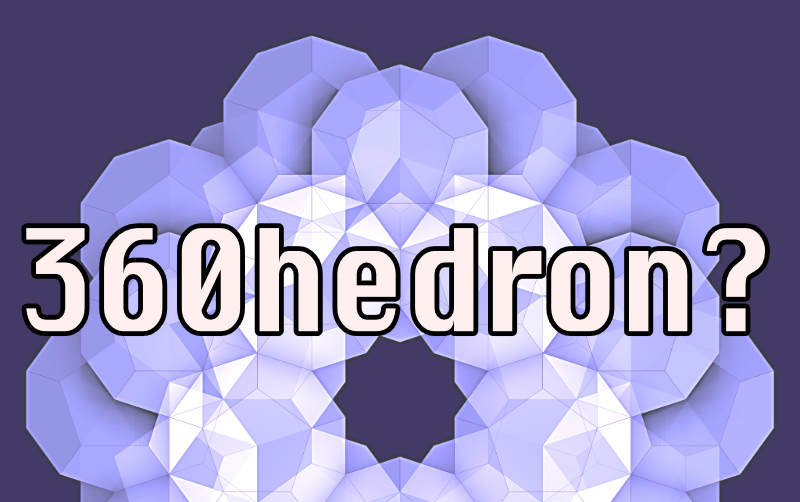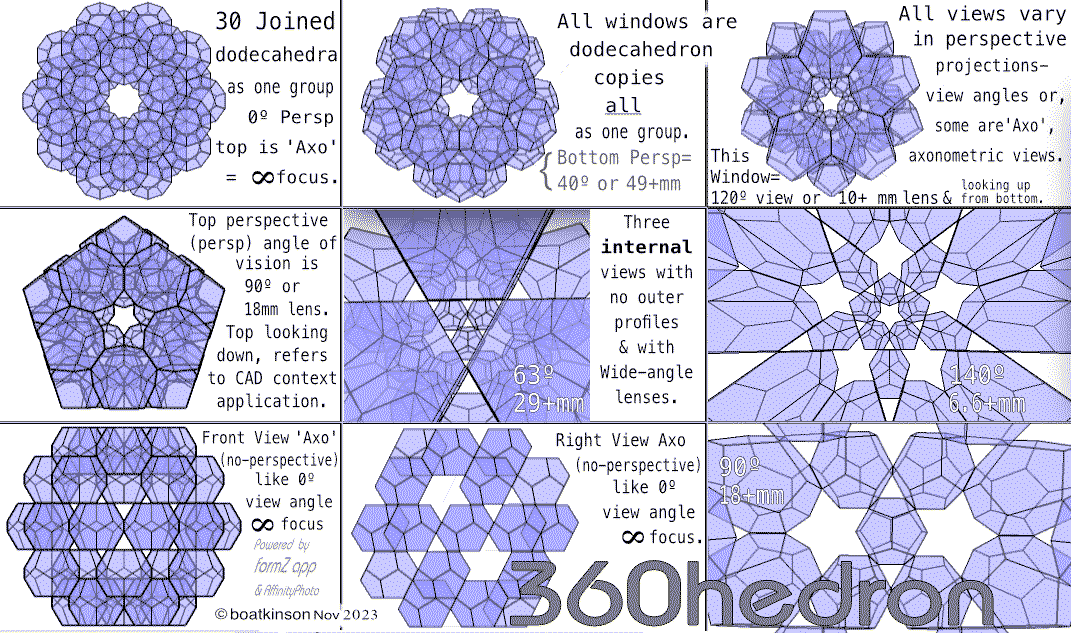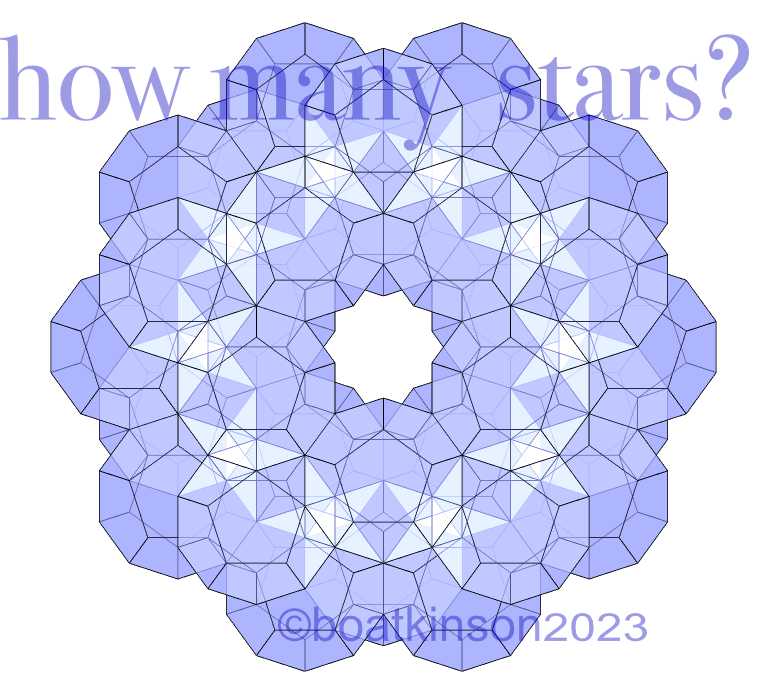
Thirty dodecahedra, each composed of twelve regular faces count as three hundred as sixty faces or -hedra or hedrons. The process is like networking or multiplexing dodecahedra concentrically. A series of computer renderings discovered that the same number of -hedrons could result in differing regular or Platonic solids; therefore, for clarity a topological syllable has been added to each name in the series being developed.

Thirty dodecahedrons have been grouped together as facetted geometry, and grouped as a somewhat spherical outer form, where edges meet. The general form can be made into one object which will then consist of 360 identical faces, because 30 dodecahedrons X 12 faces each = 360 total faces.
So called Xray image below is called wire-frame rendering in 3d apps, and this rendering also has a luminescent layer added beneath the lines in a photo-editing app. Precise rendering of regular Platonic solids applies just enough patterned detail to ponder rewardingly.

It makes sense that segments joining in polyhedra could be substituted with the rightly proportioned polyhedron of the same kind, and do so meet and join together as one object. Or alternatively consider them as independent objects just touching, as at first these arrive together in that way.
This process soon inspired a notion of repeatedly multiplexing resulting aggregations together. Publishing those results will take longer and be shared later, as publishing takes up a lot of time by using five complex apps and a few simpler ones in differing tassks for this series, and many other chores are demanding time in life.

These stars suddenly jumped out as the routine render settings were adjusted, and the main difference in settings was to deactivate shading. This render was an unexpected surprise, that the same model discussed on this page, identically composed, should reveal stars in a cluster of dodecahedrons, and only due to mathematical properties.
More additions are planned, when the right coding can be found for it, as I never spent time or liked learning code for building web pages, and instead used WYSIWYG apps. Getting a tailored set of tools without obsolescence is also a risk, as critical details have changed already.